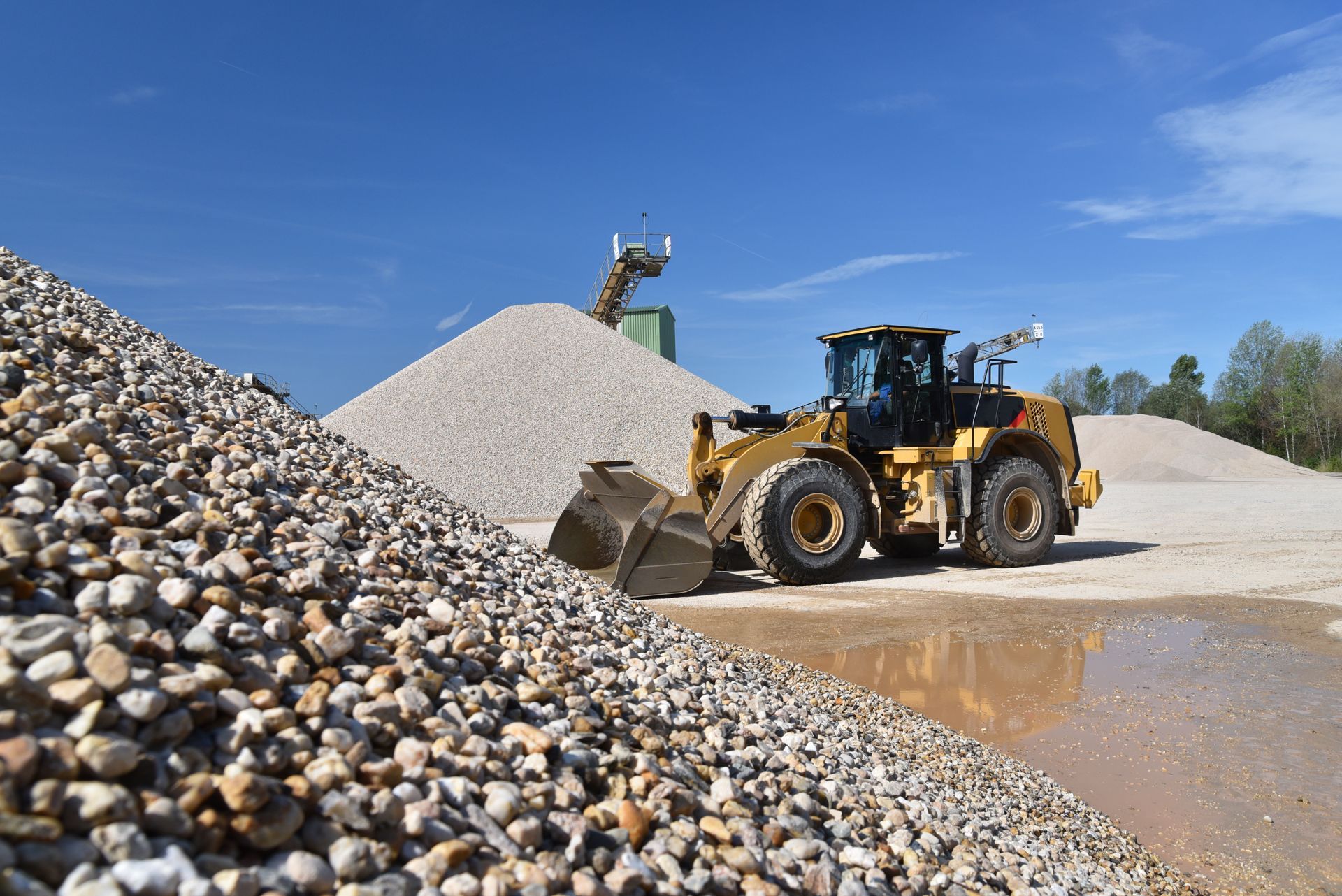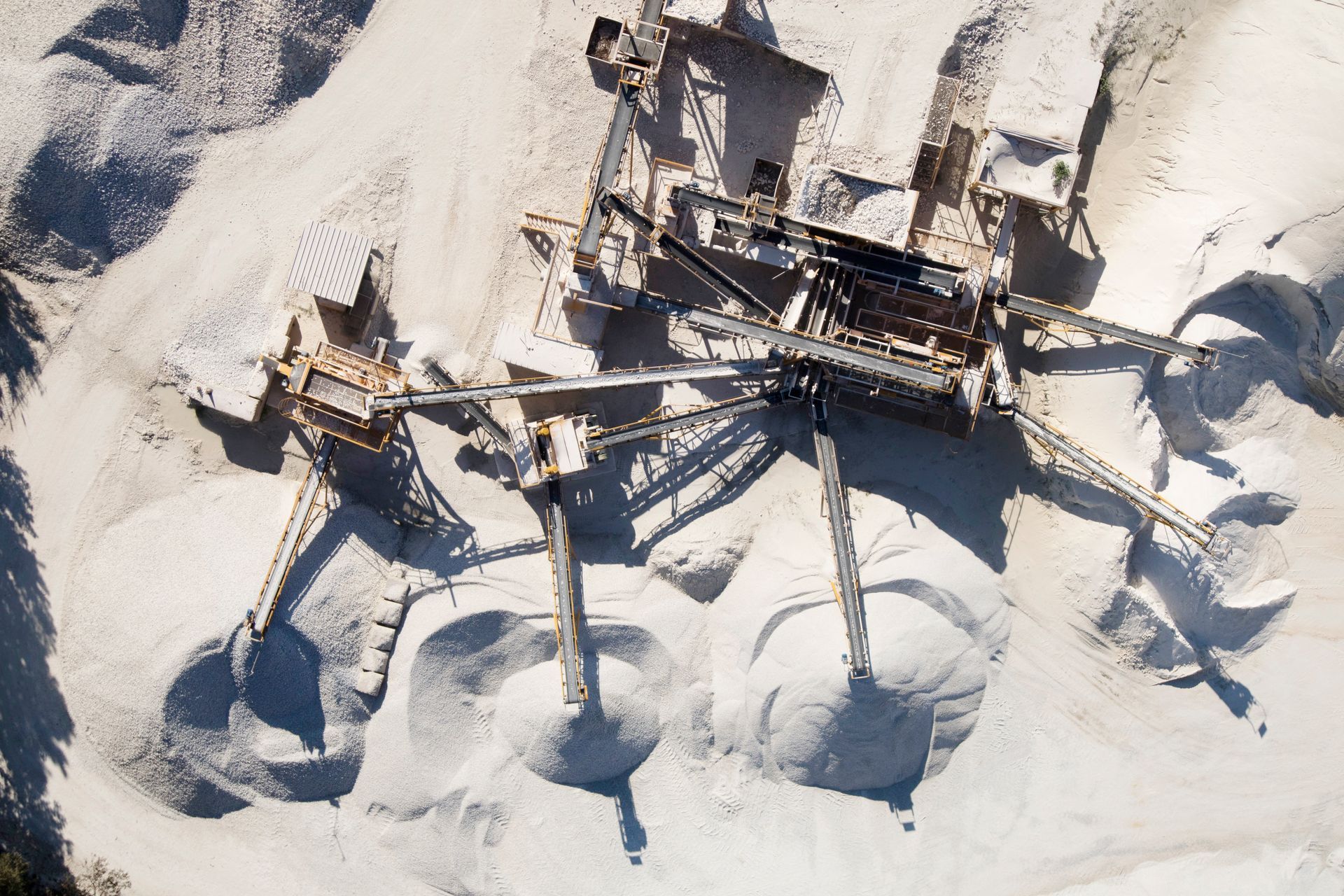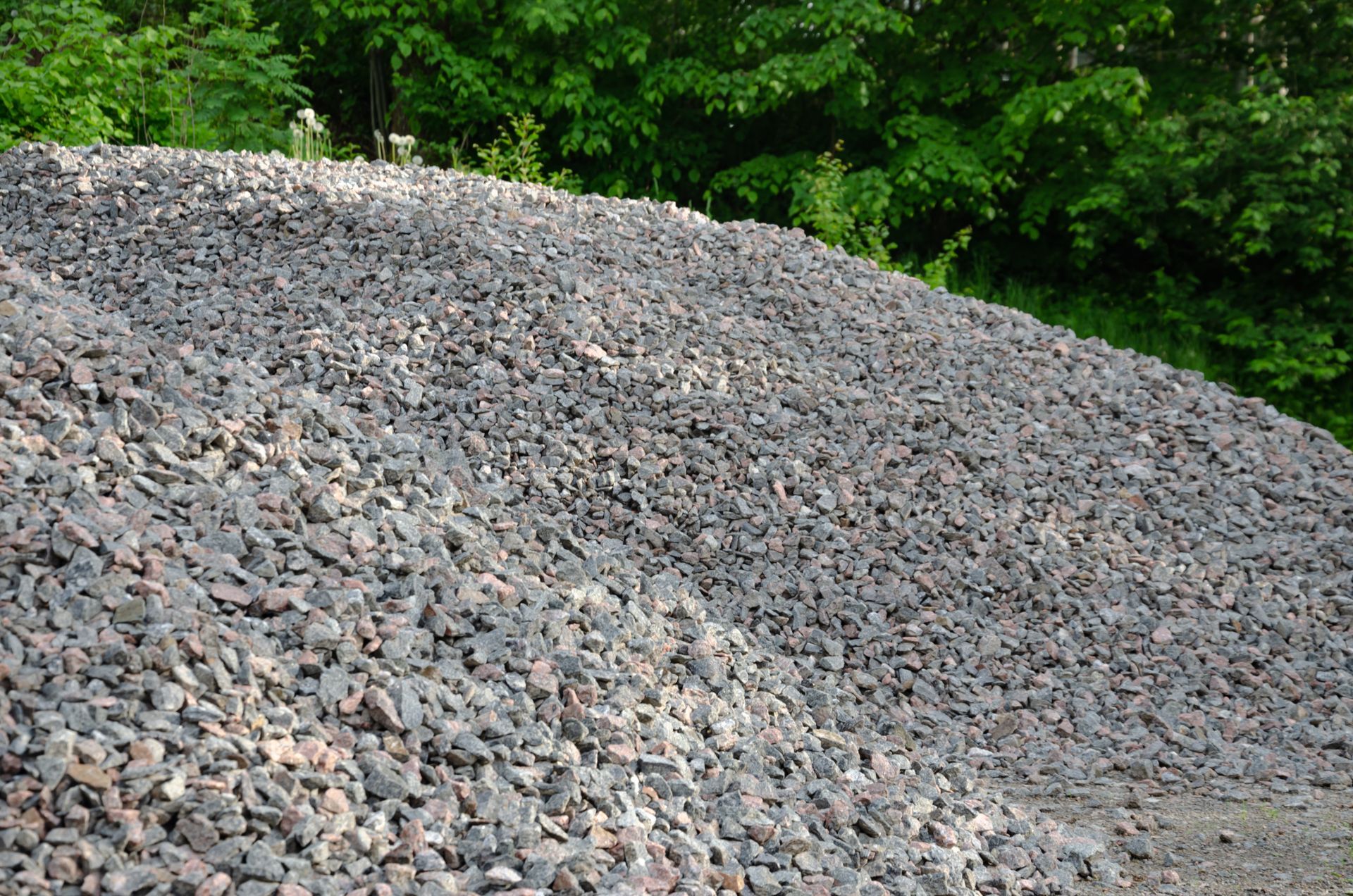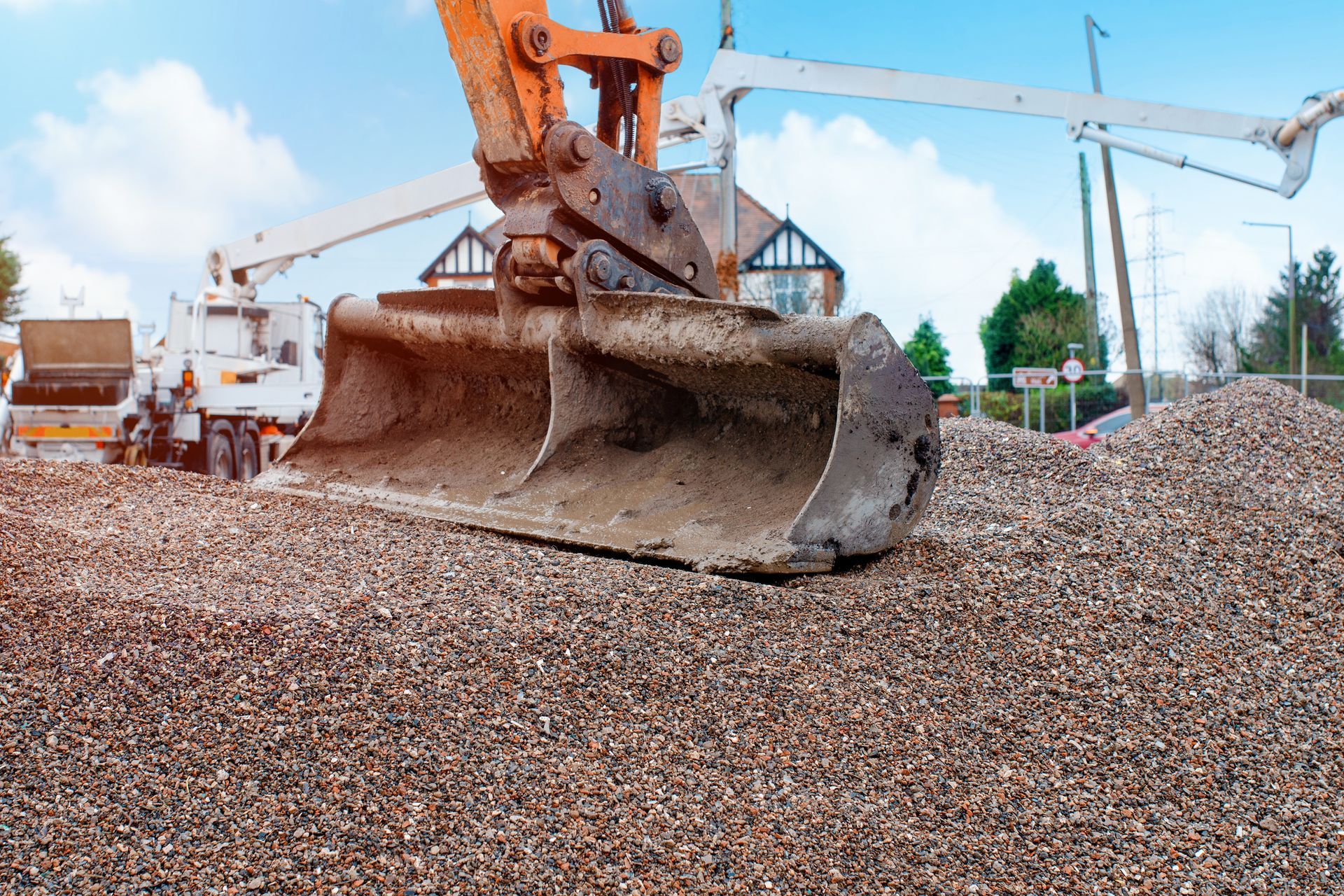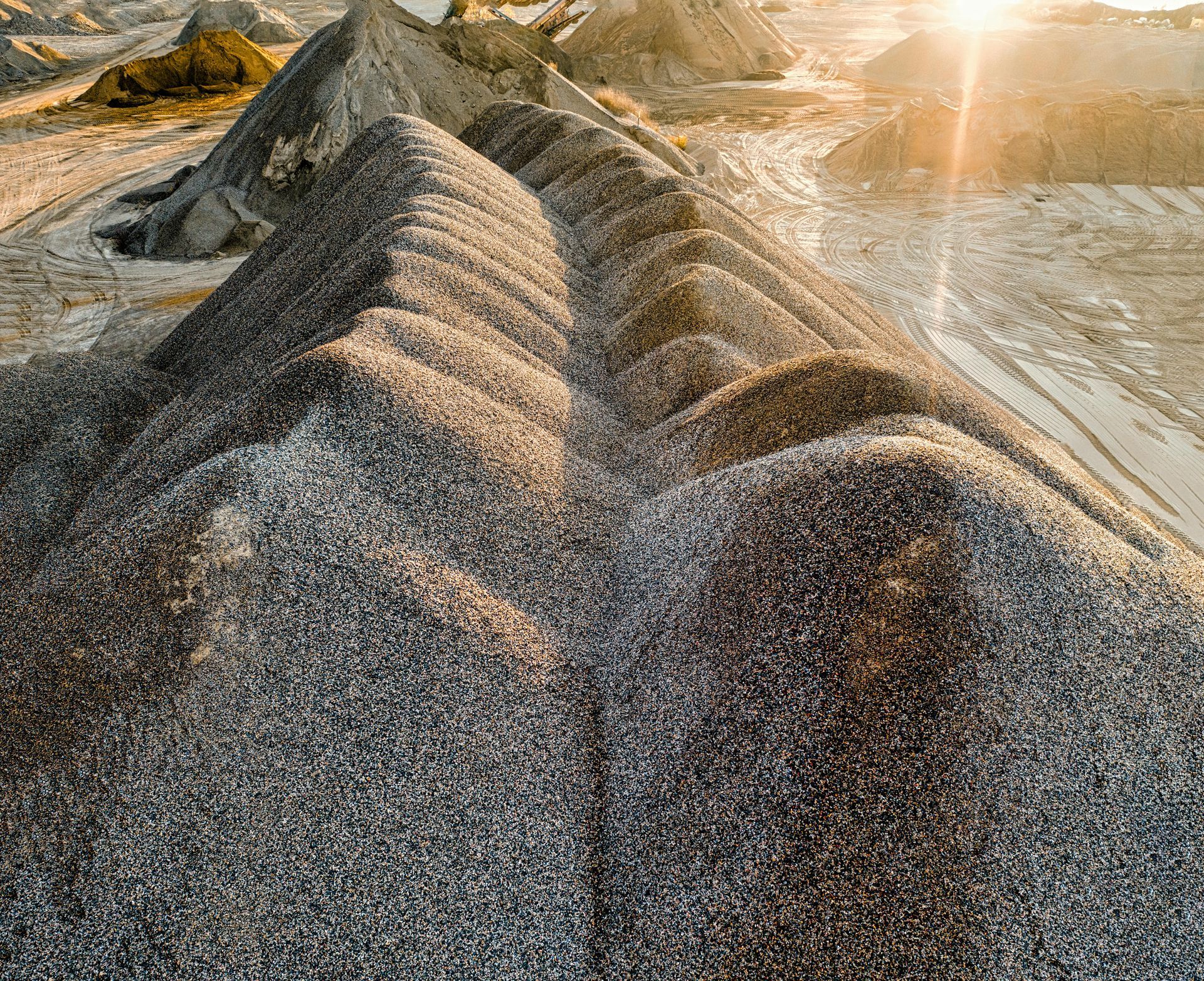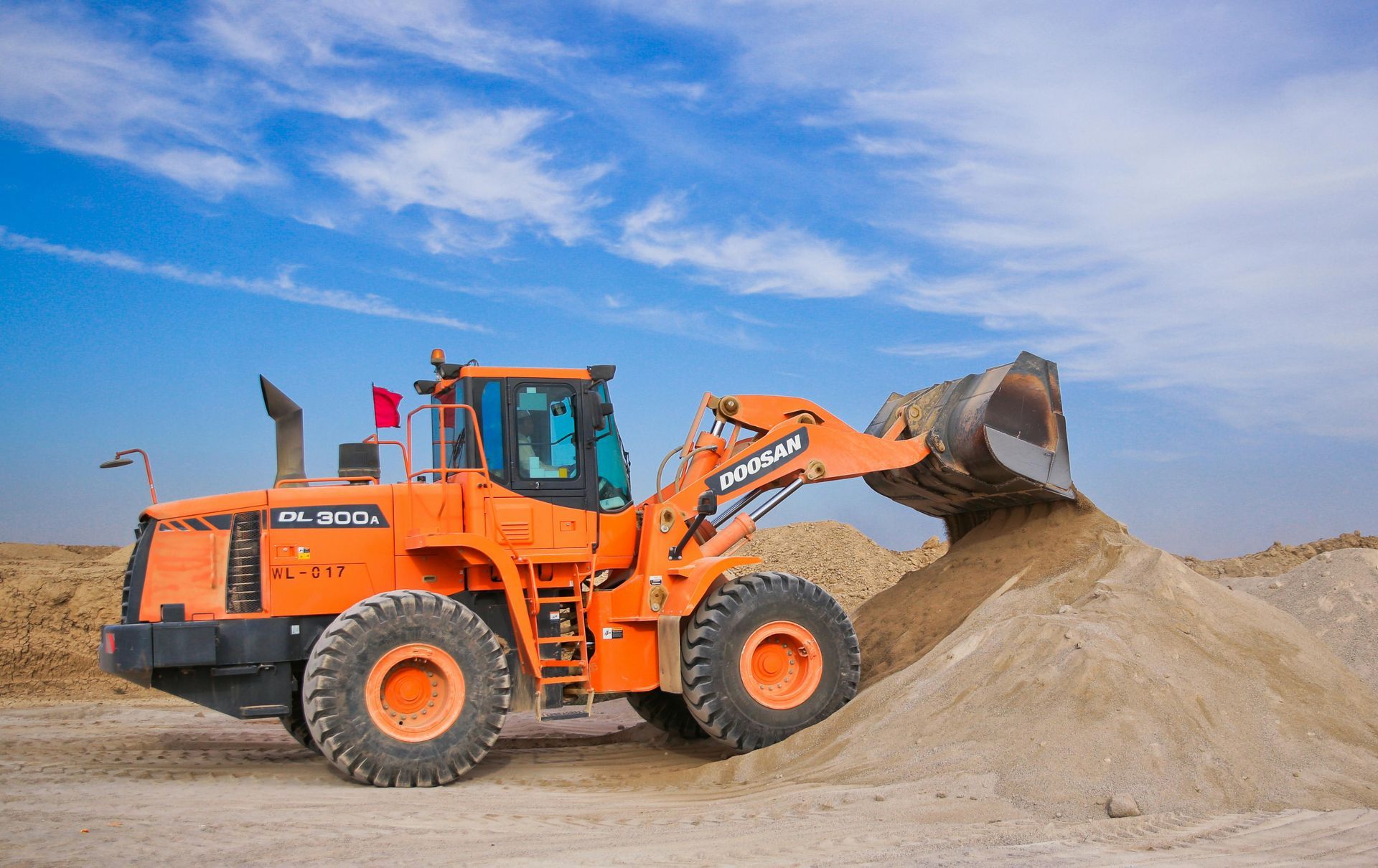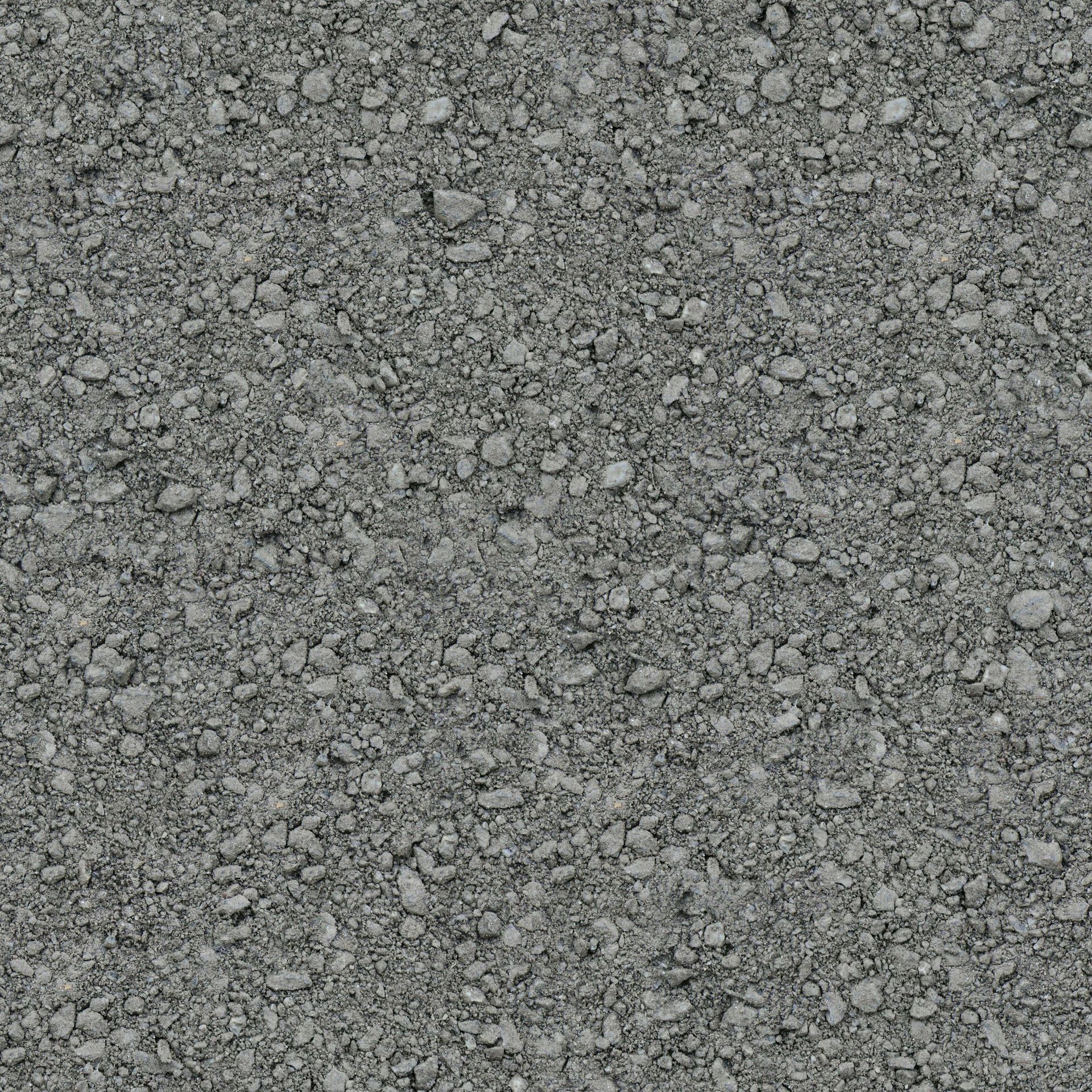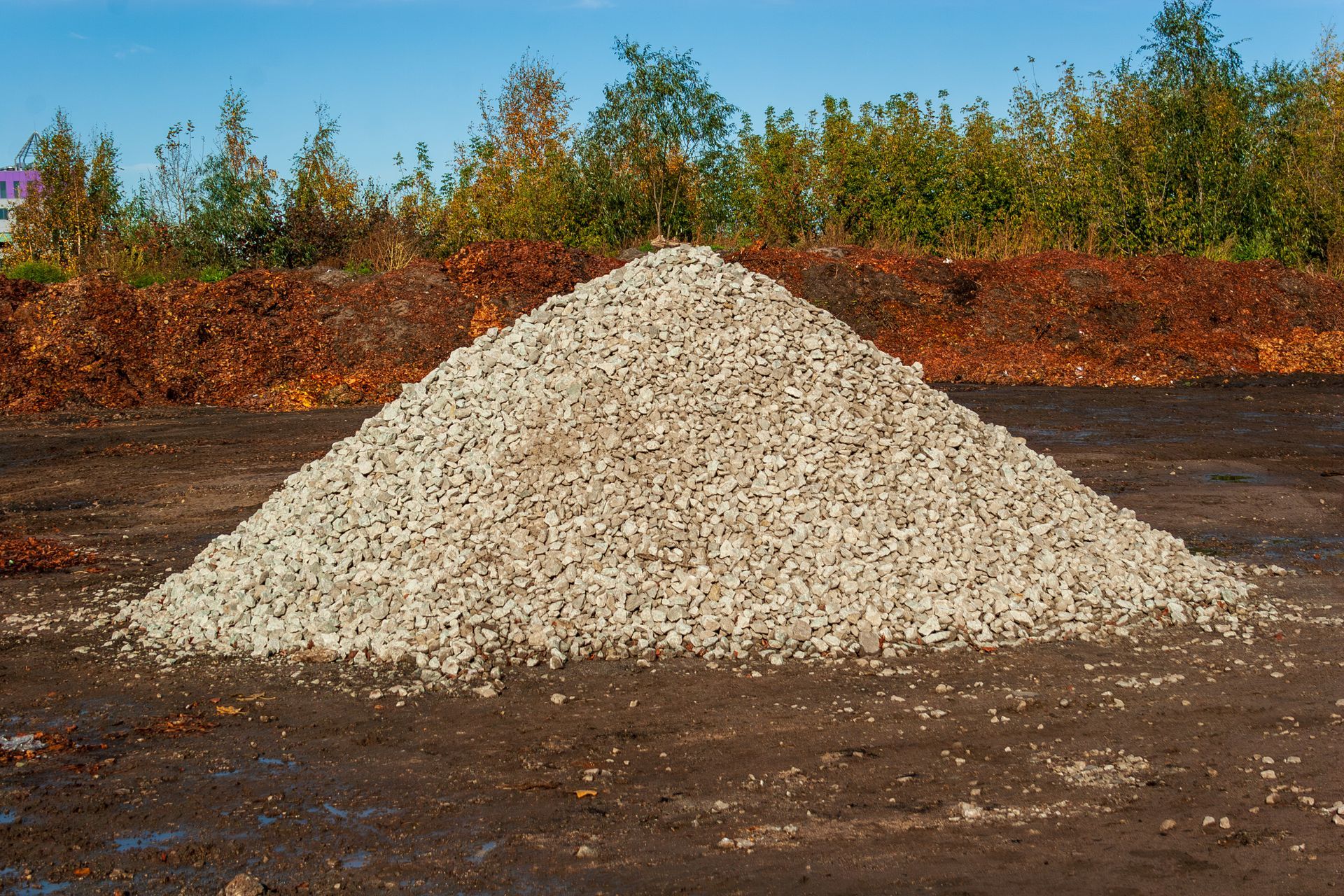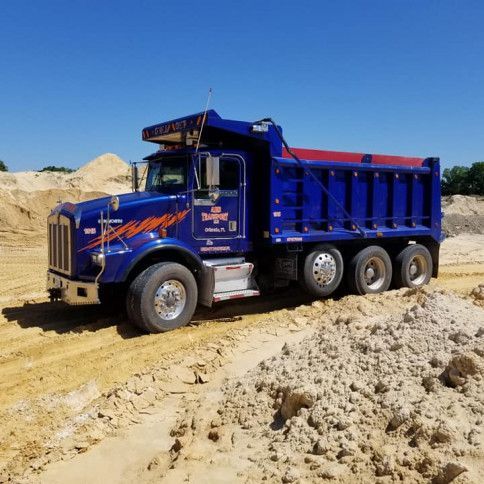Understanding the Difference Between Dirt, Sand, Gravel, and Concrete Fines
When it comes to choosing the right materials for construction, landscaping, or road-building projects, understanding the distinct differences between various materials is essential. Dirt, sand, gravel, and concrete fines each have their specific uses, benefits, and characteristics. In this guide, we will explore these materials in detail to help you make informed decisions for your next project. At ABR Transport LLC, we provide high-quality materials for all your needs and are happy to assist you in selecting the right ones.
What is Dirt? The Foundation of Most Projects
Dirt is a general term used for the naturally occurring top layer of the earth's surface. It is composed of organic matter, minerals, and small rocks. In construction and landscaping, dirt can be categorized based on its composition, which influences its usability for different applications.
- Topsoil: This is the uppermost layer of dirt, rich in organic matter, and essential for landscaping and gardening projects.
- Fill Dirt: Unlike topsoil, fill dirt contains minimal organic material and is used mainly for filling in areas that need to be leveled or stabilized.
Dirt is primarily used for landscaping, gardening, grading, and creating stable bases for construction projects. It provides a foundation, but because of its organic matter, it can shift and settle over time, which is why it's not always suitable for structural applications without reinforcement.
Sand: Versatile and Fine-Grained
Sand is a fine granular material consisting of rock and mineral particles. It is coarser than silt but finer than gravel, and its size and texture vary depending on the type of sand and where it’s sourced from. Sand can naturally occur, like beach sand, or be manufactured from crushed stone.
Common types of sand include:
- Mason Sand: Fine sand used for making mortar, laying bricks, and filling spaces between paving stones.
- Concrete Sand: Coarser sand that is added to concrete mixtures to provide bulk and durability.
- Play Sand: Clean, soft sand often used for playgrounds or recreational purposes.
Sand is crucial in construction and landscaping due to its versatility. It’s used in concrete production, as a base layer for pavers, and in drainage systems. Because of its ability to compact well, sand creates a solid foundation for many types of construction work.
Gravel: Strong, Durable, and Essential for Foundations
Gravel consists of small rocks or pebbles and comes in various sizes, typically ranging from 2mm to 64mm. It is one of the most commonly used materials in road construction, driveways, and concrete production due to its strength and stability.
Types of gravel include:
- Pea Gravel: Small, smooth, rounded stones, often used in landscaping, driveways, and playgrounds.
- Crushed Stone: Larger, angular pieces of rock, ideal for creating sturdy roadbeds, drainage, and concrete mixes.
- River Rock: Naturally rounded stones often used for decorative purposes in gardens, water features, and pathways.
Gravel is essential for providing a stable base in construction projects. Its larger particles prevent the shifting and settling of soil, making it ideal for road foundations, drainage systems, and as an aggregate in concrete mixes.
Concrete Fines: Recycled and Sustainable
Concrete fines are a byproduct of crushing concrete during the recycling process. As buildings and structures are demolished, the concrete is broken down into smaller particles, and the fine material that remains is referred to as concrete fines. This material is eco-friendly, as it is recycled from old concrete, reducing the need for new, raw materials.
Concrete fines can be used for:
- Base material for roads and driveways: Similar to gravel, concrete fines provide a stable foundation that can support heavy loads.
- Fill for trenches or low-lying areas: Due to its fine texture, it can be compacted well and used in areas that need leveling or filling.
- Aggregate for new concrete mixtures: Concrete fines can be mixed with fresh concrete to reduce waste and make use of recycled material.
The biggest advantage of concrete fines is their sustainability. They help reduce waste by repurposing old concrete, making them an environmentally friendly choice for many projects.
Selecting the Best Materials for Your Construction
Understanding the different properties of dirt, sand, gravel, and concrete fines is crucial to selecting the right material for your project. Here’s a quick guide to help you decide:
- Landscaping and Gardening: Use dirt (topsoil) for planting and fill dirt for grading.
- Concrete Production: Sand and gravel are key ingredients in concrete, with concrete fines providing an eco-friendly alternative.
- Driveways and Road Construction: Gravel and concrete fines offer strong, durable foundations for areas with heavy traffic.
- Paver Base: Sand is commonly used as a base for pavers because it compacts well and provides a level surface.
At ABR Transport LLC, we offer all of these materials and can assist in delivering them directly to your site in Orlando, FL. Whether you’re working on a small landscaping project or a large construction job, our team is ready to help you choose the right materials and ensure timely delivery.
Contact ABR Transport LLC for Your Materials Supply Needs in Orlando, FL
At ABR Transport LLC, we take pride in providing high-quality materials for a wide range of construction and landscaping projects. Whether you need dirt for leveling, sand for concrete, gravel for driveways, or concrete fines for eco-friendly construction, we’ve got you covered.
Give us a call at
(407) 375-0012 to discuss your project’s specific needs, and let our experts help you find the best materials at competitive prices. We offer timely delivery and excellent customer service to ensure your project runs smoothly.
FAQs
What’s the difference between fill dirt and topsoil?
Fill dirt contains very little organic matter and is used for filling in areas that need to be leveled or stabilized. Topsoil, on the other hand, is rich in organic material and is used for gardening and landscaping projects.
Can I use concrete fines instead of gravel for my driveway?
Yes, concrete fines can be used as a base material for driveways. They provide a stable, compactable base, much like gravel, and are an eco-friendly option.
What type of sand should I use for laying pavers?
Mason sand or concrete sand is typically used as a base layer for pavers. These types of sand compact well and provide a stable, level surface.
Is gravel better than dirt for road construction?
Yes, gravel is generally a better option for road construction as it provides better drainage and a more stable foundation compared to dirt, which can shift and settle over time.
Are concrete fines environmentally friendly?
Yes, concrete fines are made from recycled concrete, making them a sustainable choice for construction projects. They reduce the need for new raw materials and help minimize construction waste.
